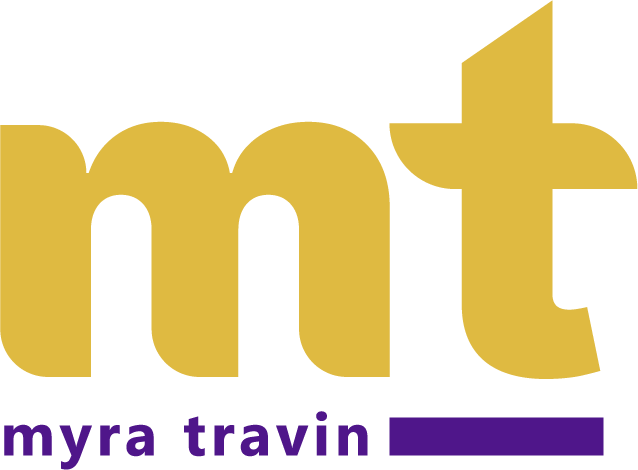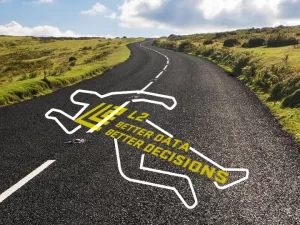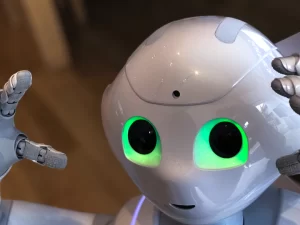One day, about 20 years ago, my head exploded. I had the idea that people might want to purposely sabotage things they did not fully understand or accept. Like technology. Having completed a new implementation update and thinking all was going well, I realized one person, like the Ted Cruz of my organization, was holding up the whole thing. Why would anyone want to circumvent a glorious future of new functionality? Because, I realized: It is freaking scary. Ted was not having it. No thanks. No way. Bye. Being responsible for the implementation of new technologies, and wanting to keep my actual job, I knew I had better give this some real thought.

Once I became more comfortable with what had happened, I researched and wrote a paper for a media conference in Canada and talked about the reasons and ways that people found to destroy things they did not like or accept. Here was the problem: sometimes things that actually help us to survive seem like threats. And if we don’t include them in our worldview, we face the greatest threat of all: obsolescence. Ask all the fish without legs who yearn to be world-class skiers, how they are feeling these days.
Being a professional involved in technology and learning, I have always been aware of the knee-jerk and fully ingrained response to change. It is a survival instinct, deep in the human race, that seeks to keep our environments stable and familiar. Learning is change. Yet, it is seldom comfortable. Like our artisan friends in the 19th century, we do not want to give up our cherished ways of doing things and the principles they represent for mere progress. Ned Ludd thought if he smashed the physical frames of a machine he would rid the world of its reason for being. However, Wiki says, his name has become synonymous with a term describing those opposed to, or slow to adopt or incorporate into their lifestyle, industrialization, automation, computerization or new technologies in general, but his actions did not end progress, they just slowed it down a bit. Change and progress marches on. It has to. Not understanding the reasons why people fight against progress, however, is also perilous. If you are working to implement a new process or technology and you start right at the features of the program and the benefits to YOU, your initiative may soon falter. And possibly your job. And your children’s college fund.
What objections do people have? Emotional, Ethical and Intellectual. Let me explain. Not unlike Ned Ludd, we do not appreciate technology which seems to forget that we are the most important factor of its success. If you develop technology without understanding the people who use it, you will not be successful. What is an emotional barrier to technology? The feeling that we are not important or valued by its creators. We will then not want to use or adopt it. We just don’t like it. And so goes your best-laid organizational plans for delivery.
What types of barriers are intellectual? When technology seems counterintuitive, hard to use or cumbersome, we avoid it. We complain. As Donald Norman reminds us: “One way to understand what future events might await us is to develop elaborate, complete scenarios of what life might be like as a result of new designs, inventions and technologies. It isn’t enough to describe the potential technologies: the scenario must illustrate how it might be used in everyday life, examining the implications that result.” New technology is dandy. New technology that doesn’t make sense for us to use? Not so much.
And finally, the one area that Ned might agree with the most: ethical barriers. What the heck, you say? Well, if you feel that technology will supplant you, replace you or marginalize you, why would you cooperate with its adoption? That’s like giving someone a shovel to dig their own grave. Don’t expect them to do it willingly. There is that nasty survival instinct again.
The key might be found in the development cycle that includes a laser focus on the user as well as a clear path for development. Supposedly we already do this. It’s talked about enough. But design often begins with new features and revenue models. And user focus often takes months to define — and by the point it is fully understood, the timely opportunity for development may have passed. At least in the learning space, we need to find a way that learners and the technology they use to learn can be envisioned together, without one superseding the other.
If the future seems more inviting, usable and safe, we will go there together. And that is music to the ears of technology developers and learners, everywhere.





